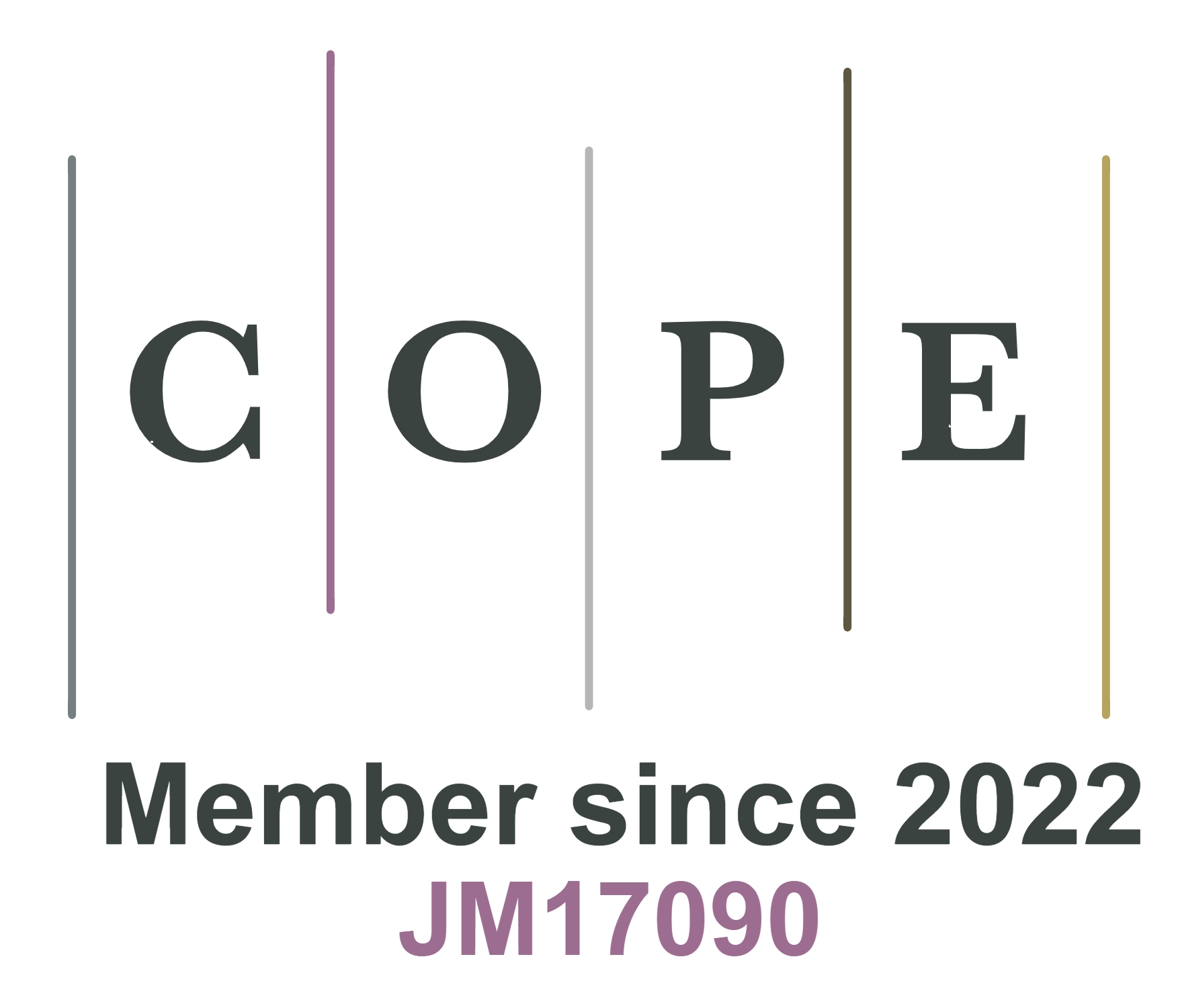fig7

Figure 7. ISF-based wearable electrochemical sensors for diabetes mellitus. (A) Optical and SEM images of microneedle array electrodes and in-vivo data obtained after positioning the microneedle array electrodes on the forearm. Reproduced with permission[241]. Copyright 2016, The Author(s); (B) The optical and illustration images of wireless CGM system paired with smartphone app. The associated data comprises continuous monitoring of ISF glucose levels over an extended period using the wireless CGM system, compared against glucose readings obtained via a glucometer on days 1, 7, and 14. Reproduced with permission[242]. Copyright 2023, American Chemical Society; (C) The optical image of non-invasive blood glucose sensors attached on the wrist, and its on-body blood glucose sensing properties of the non-invasive glucose sensors attached on hand back of healthy volunteers. Reproduced with permission[244]. Copyright 2021, Elsevier B.V.; (D) Photographs of wearable patch for glucose monitoring in ISF on the skin. The data compares hourly normalized ISF glucose (blue bars) and blood glucose (red bars) profiles. The line plot depicts the real offset between ISF glucose (blue line) and blood glucose (red line) obtained from the differences in monitoring each biofluid. Reproduced with permission[245]. Copyright 2021, American Chemical Society. CGM: Continuous glucose monitoring; ISF: interstitial fluid; SEM: scanning electron microscopy.










